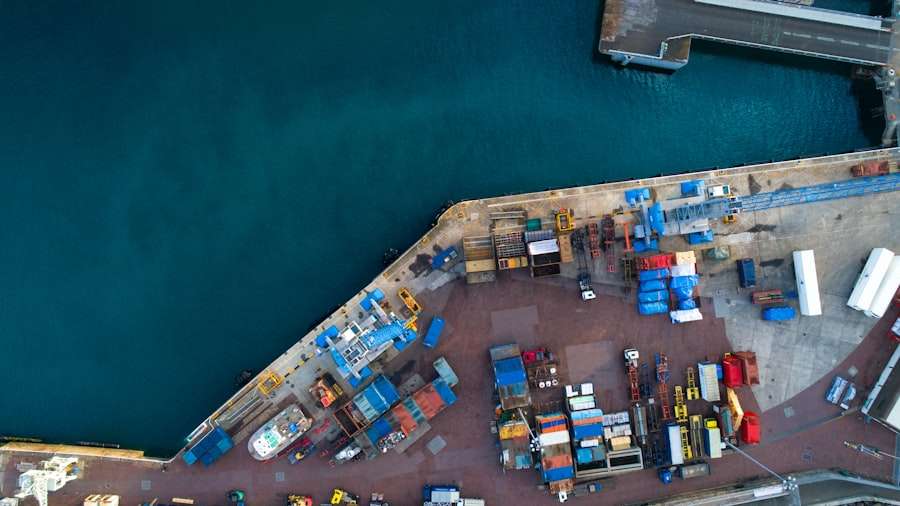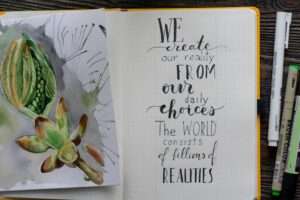Docker containers have revolutionized the way software is developed and deployed. They provide a lightweight and portable environment for running applications, making it easier to package and distribute software across different systems. Docker containers are isolated from each other and from the host system, ensuring that applications run consistently regardless of the underlying infrastructure.
However, as with any technology, it is important to properly manage and maintain Docker containers. One crucial aspect of container management is deletion. In this article, we will explore the significance of deleting Docker containers and provide a comprehensive guide on how to delete them effectively.
Understanding the Importance of Deleting Docker Containers
Deleting Docker containers is an essential practice in maintaining a clean and organized environment. When containers are no longer needed, keeping them around can lead to several issues. Firstly, unused containers consume valuable system resources such as CPU, memory, and disk space. This can result in decreased performance and increased costs, especially in cloud-based environments where resources are billed based on usage.
Moreover, leaving unused containers running can pose security risks. Containers may contain sensitive data or vulnerabilities that can be exploited if not properly managed. By regularly deleting unnecessary containers, you reduce the attack surface and minimize the risk of unauthorized access or data breaches.
How to Delete a Single Docker Container
Deleting a single Docker container is a straightforward process. Here is a step-by-step guide on how to do it:
1. List all running containers:
“`
docker ps
“`
2. Identify the container you want to delete based on its container ID or name.
3. Stop the container:
“`
docker stop
“`
4. Delete the container:
“`
docker rm
“`
It is important to note that deleting a container will permanently remove it along with any data or changes made inside it. Therefore, make sure to back up any important data before deleting a container.
Deleting Multiple Docker Containers at Once
In some cases, you may need to delete multiple Docker containers simultaneously. This can be done using a single command by specifying the container IDs or names separated by spaces. For example:
“`
docker rm
“`
Deleting multiple containers at once can save time and effort, especially when managing large-scale deployments with numerous containers.
Removing a Docker Container with Dependencies
Sometimes, a Docker container may have dependencies on other containers or resources. In such cases, it is important to remove the container along with its dependencies to avoid any issues or conflicts.
To remove a container and its dependencies, you can use the `–volumes` flag with the `docker rm` command. This will delete not only the container but also any associated volumes or networks.
“`
docker rm –volumes
“`
However, it is crucial to exercise caution when removing containers with dependencies. Make sure to thoroughly understand the implications and potential consequences before proceeding.
How to Forcefully Remove a Docker Container

In certain situations, you may encounter errors or issues when trying to delete a Docker container using the standard methods. In such cases, it may be necessary to forcefully remove the container.
To forcefully remove a container, you can use the `–force` or `-f` flag with the `docker rm` command. This will override any running processes or dependencies and forcibly delete the container.
“`
docker rm –force
“`
Forceful removal should be used as a last resort and only when absolutely necessary. It is important to understand that forcefully removing a container can result in data loss or system instability.
Deleting a Docker Container with its Volumes
Docker volumes are used to persist data generated by containers. When deleting a container, it is often desirable to also delete its associated volumes to free up disk space and maintain a clean environment.
To delete a container along with its volumes, you can use the `–volumes` flag with the `docker rm` command. This will remove both the container and any volumes associated with it.
“`
docker rm –volumes
“`
Deleting volumes along with containers is a good practice to ensure that no unnecessary data is left behind, reducing the risk of data leakage or unauthorized access.
Best Practices for Deleting Docker Containers
To maintain a clean and organized Docker environment, it is important to follow some best practices when deleting containers:
1. Regularly review and delete unused containers: Periodically check for containers that are no longer needed and delete them to free up resources.
2. Use descriptive names or labels for containers: Assign meaningful names or labels to containers to easily identify and manage them during deletion.
3. Backup important data before deleting containers: Before deleting a container, make sure to back up any important data or configurations to avoid data loss.
4. Document dependencies and relationships: Keep track of container dependencies and relationships to ensure proper deletion without causing conflicts or issues.
5. Automate container deletion: Consider implementing automated processes or scripts to regularly delete unused containers, ensuring a clean and efficient environment.
Troubleshooting Common Errors when Deleting Docker Containers
When deleting Docker containers, you may encounter common errors or issues. Here are some troubleshooting tips for resolving them:
1. “Error response from daemon: You cannot remove a running container”: Make sure to stop the container before attempting to delete it using the `docker stop` command.
2. “Error response from daemon: Container is using network “: Check if the container is still connected to any networks and disconnect it before deleting.
3. “Error response from daemon: Volume is in use”: Ensure that no other containers or processes are using the volume before attempting to delete it.
4. “Error response from daemon: Conflict. The container name is already in use”: Choose a unique name for the container or specify a different name during deletion.
If you encounter any other errors or issues, refer to the Docker documentation or seek assistance from the Docker community for further troubleshooting.
Keeping your Docker Environment Clean and Organized
In conclusion, deleting Docker containers is a crucial aspect of maintaining a clean and organized environment. By regularly deleting unused containers, you can free up system resources, reduce security risks, and ensure efficient resource allocation.
In this article, we explored the importance of deleting Docker containers and provided a comprehensive guide on how to delete them effectively. We discussed how to delete single and multiple containers, remove containers with dependencies, forcefully remove containers, delete containers with volumes, and follow best practices for container deletion.
By following these guidelines and best practices, you can keep your Docker environment clean, organized, and optimized for efficient software development and deployment.
If you’re interested in learning more about Docker and how to delete containers, check out this informative article on girlsgist.com. It provides a comprehensive guide on the topic, helping you understand the process and make the most out of Docker’s container management capabilities.

















Add Comment